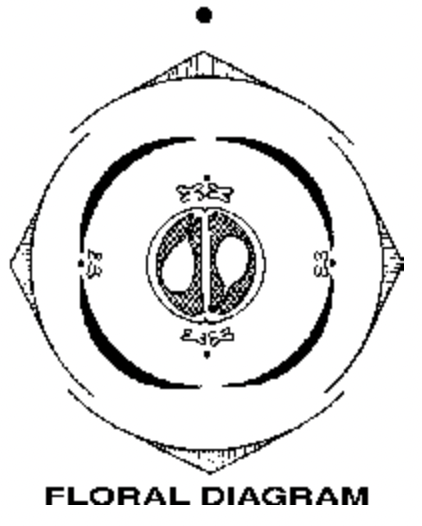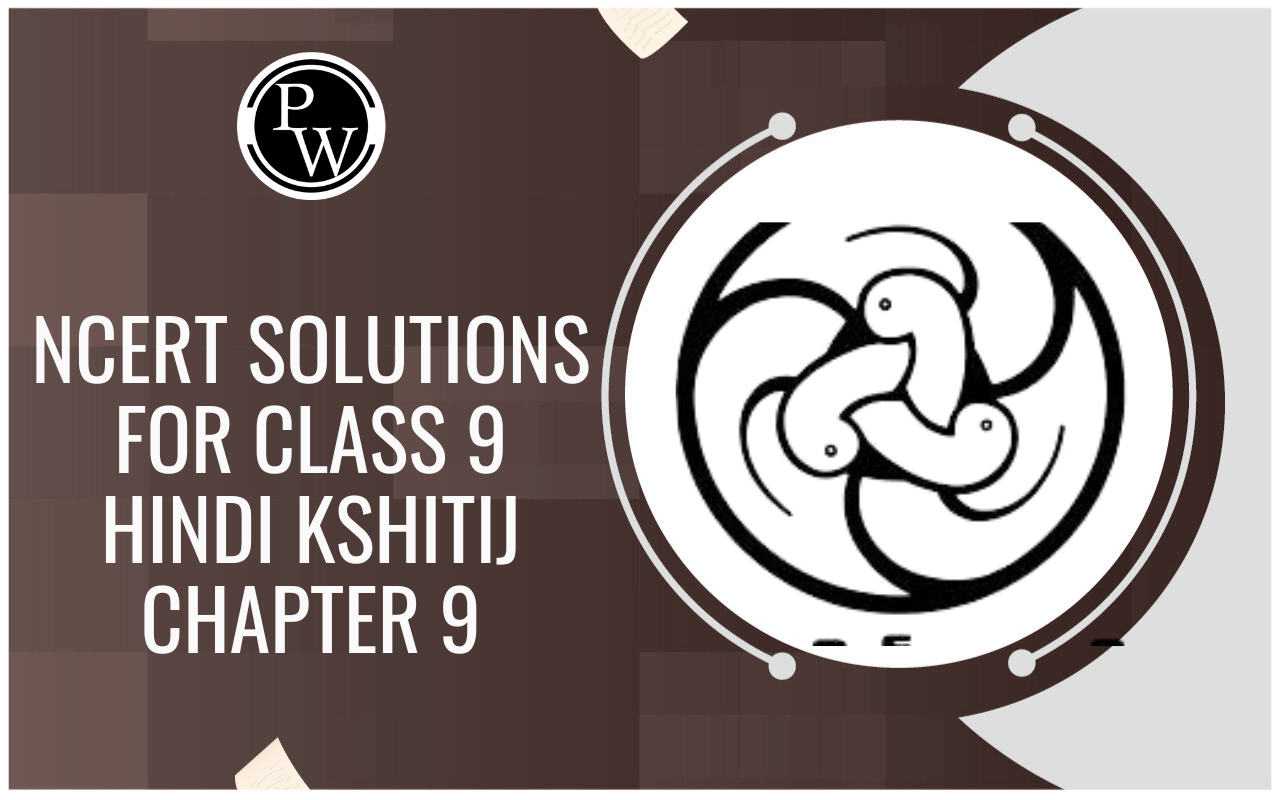
Families
Families Of Angiosperms of Class 11
Introduction to Families
Brassicaceae (Cruciferae)
Systematic Position
Class-Dicotyledonae
Sub-class-Polypetalae
Series-Thalamiflorae
Order-Parietales

Family-Brassicaceae
Plants are generally herbs, annual or biennial; tap root, swollen and modified due to stored food as in radish and turnip;
Distinguishing features :
- Typically racemose-raceme, corymb or corymbose-raceme
- Flowers tetramerous, hypogynous.
- Cruciform corolla
- Sepals 4, polysepalous
- Tetradynamous condition, sometimes didynanous, dithecous.
- Bicarpellary, syncarpous, superior ovary, unilocular but becomes bilocular due to false septum or replum, parietal placentation, stigma bifid or simple.
- Fruit is silliqua or silicula, lomentum in radish.
- Seed non-endospermic

Economic Importance :
The oil is extracted from the seeds of sarson (Brassica campestris), kalirai and rai are used for cooking. The material left after the extraction of oil is highly nutritious and used as a cattle feed. The leaves and tender shoot of garden cress (Lepidium sativum) are used in liver complaints, asthma, cough and bleeding piles. The seeds of Cheiranthus cheiri (wall flower) are useful in bronchitis and fever, and flowers in treatment of paralysis and impotency. Lobularia is said to be beneficial in gonorrhoea and Iberis amara (Chandni or Candytuft) in rheumatism and gout. Some plants like wall flower and chandni, are grown in gardens and parks as ornamentals for their beautiful flowers.
Important plants:
- B. oleracea var. capitata (Cabbage)
- Brassica campestris (Mustard)
- Brassica juncea (Indian mustard)
- Brassica nigra (Black mustard)
- Brassica oleracea var. botrytis (Cauliflower)
- Brassica rapa (Turnip)
- Capsella bursa pastoris (Shepherd’s purse)
- Iberis amara (Candytuft)
- Nasturtium indica
- Raphanus sativus (Radish)
- Sisymbrium officinale









